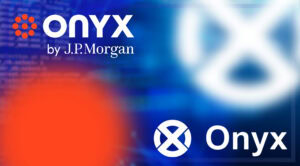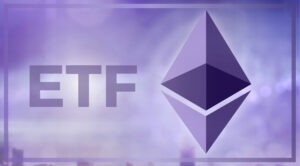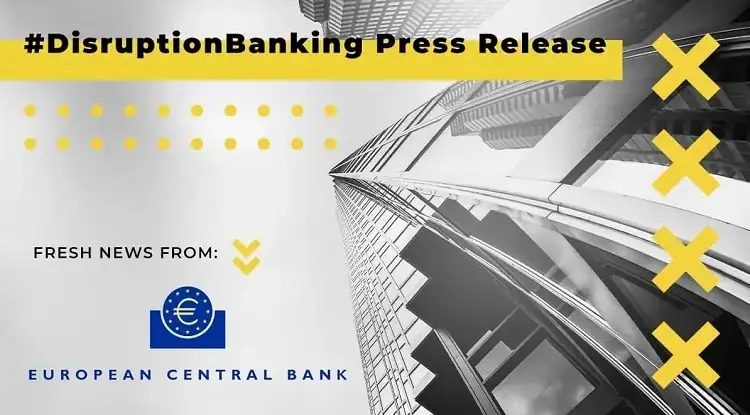When it comes to blockchain technologies and cryptocurrencies, Australia has been playing a game of catch-up. This year it has taken some long strides towards making good, as major powers like the US and Dubai jockey for a leading position in the crypto-race.
One of the more recent milestones Australia passed had Hedera written on it: Aussie stablecoin AUDD launched on the network behind the HBAR digital currency earlier this year.
“AUDD can now be held, sent, and received by anyone using a Hedera-enabled digital wallet – offering seamless, real-time access to Australian dollar stablecoin payments,” said the the stablecoin’s issuer AUDC on June 19.
Praising “Hedera’s enterprise-grade performance,” AUDC promised transactions taking mere seconds and costing a similarly tiny amount – a tenth of a cent.
Australia’s Reserve Bank Wants In
Not long after, Australia’s central bank acknowledged the effort, naming Hedera as one of its key partners in Project Acacia – which aims to “explore how innovations in digital money and existing settlement infrastructure might support the development of Australian wholesale tokenised asset markets.”
The joint initiative puts the HBAR issuer in the room with the Reserve Bank of Australia (RBA), the Australian Securities and Investments Commission (ASIC), the Australian Prudential Regulation Authority (APRA), and the Australian Treasury.
Together they will oversee two dozen pilot trials involving both real and simulated asset transactions. A report on the findings is expected early next year.
US-Averse Investors Take Note
Ben Ritchie is an Australia-based cryptocurrency manager with a self-professed mission “to build the gateway between the old financial world and the new decentralised economy.”
The Alpha Node boss told DisruptionBanking that he thinks Aussie-dollar stablecoins are a perfect route into crypto for the country’s citizens – especially if they want to do it in a way that bypasses the increasingly unpredictable US economy.
“AUD-denominated stablecoins are the missing link in Australia’s digital asset economy – unlocking instant settlement, reducing FX [foreign exchange] risk, and enabling 24/7 payments in our own currency,” he says. “They bridge traditional finance with blockchain, giving Australians a direct, stable on-ramp into the digital economy without relying on USD exposure.”
That’s fair comment, and there are signs that Australians are increasingly comfortable around digital currencies. Last year it was reported that nearly two in three citizens now own Bitcoin, with half investing in crytocurrencies.
Big news: AUDD is being used in 2 @auspayplus use cases as part of #ProjectAcacia led by @RBAInfo & @TheDFCRC
— AUDD (@AUDD_digital) July 30, 2025
AUDD to support:
✅Tokenised asset settlement
✅Stablecoin<>NPP interoperability (on @hedera)
Live. Trusted. Compliant.https://t.co/aK3ofJUpY5#AUDD #stablecoin #CBDC
AUDD Looking Good
But how have the digital currency providers themselves fared since joining forces?
AUDD’s market capitalization was valued at approximately $180,000 (A$277,000) in June, the month it launched on Hedera. That’s quite a drop from its peak of $1.4 million in December. Despite this, AUDD has maintained its 1:1 peg to the Australian dollar, with fluctuations of around 2-4 percent.
This is considered fairly robust within the industry, although AUDD’s market value has fluctuated since the launch and estimates for August vary wildly between $146,000 and $439,000.
What that means is that CoinGecko, which gave the latter valuation, believes that the circulation of AUDD has risen considerably since its Hedera launch – that could be down to increased demand for the new stablecoin.
AUDD Does Not Equal Stronger HBAR
As for HBAR, the AUDD Hedera launch did nothing to boost its value, which suffered a 12.5 percent drop to around 26 cents in the 24 hours following the announcement. It declined further in the weeks after, dropping alarmingly below 15 cents at one point, but has since rallied to return to 0.26 at the time of writing.
That’s not to say that the drop in HBAR value was caused by the AUDD hook-up – far more likely culprits were geopolitical tensions and general market shocks that also affected crypto stalwarts like Bitcoin at the time.
But it’s also fair to say that while AUDD’s launch may have been a milestone achievement and a sign that crypto is increasingly going mainstream, it has not yet translated into market success for HBAR.
Discover the all-in-one stablecoin solution on Hedera
— Hedera (@hedera) June 4, 2025
Stablecoin Studio enables stablecoin issuers to easily deploy applications & oversee operations via a comprehensive management toolkit, allowing for streamlined digital asset operations.
Explore ➡️ https://t.co/oB4ndGOpeb pic.twitter.com/idB4z6rk7y
Hedera Love-In with Stablecoins
That isn’t putting Hedera off by the looks of things, and the HBAR issuer is hungry for more stablecoin deals. Collaborations with South Korea’s Shinhan Bank and South Africa’s Standard Bank are under way. These partnerships and others are facilitated by the crypto company’s dedicated tool – the All-In-One Stablecoin Solution.
Marketed by the company as “an open-source [software development kit] that simplifies the process of issuing stablecoins using Hedera network services,” the solution aims to streamline the application of pegged digital coins on the HBAR network.
“The toolkit offers proof-of-reserve functionality that utilizes existing systems or on-chain oracles to bolster the ability to provide transparency in disclosure, while seamless custody provider integrations ease development and reduce time-to-market,” adds Hedera.
The system is due-diligence compliant too, Hedera says, with in-house anti-money-laundering account flagging and the like.
Steady as she Goes
Meanwhile, things are moving forward with AUDD. Project Acacia looms large on Hedera’s horizon, with the HBAR issuer praising it as another landmark acheivement in its monthly round-up for July.
“This is an exciting milestone for the ecosystem and a strong signal of confidence in the Hedera network’s ability to support the future of regulated digital finance,” it says of Project Acacia.
Eric Piscini CEO of Hashgraph on HashSphere blockchain and how it will serve institutions in-need of a private ledger. HashSphere will allow bridging between $HBAR's public ledger:"So we created a private version, which is really a copy." pic.twitter.com/lEHZDxm7Be
— ALLINCRYPTO (@RealAllinCrypto) June 16, 2025
Hedera’s HashSphere Hopes
The HBAR issuer also has high hopes for HashSphere, another crypto network it built for enterprise-grade clients, and seems confident that it will attain interoperability between that and its native Hedera ecosystem in the near future.
In a sign of deepening cooperation with the crypto bros from Down Under, Hedera is partnered up with Australian Payments Plus (AP+) to explore this possibility.
“Private permissioned networks lack interoperability with other blockchain networks, creating vendor lock-in and ‘walled gardens,’” says Hedera, which hopes HashSphere will eventually be a solution to this problem. “Many public chain privacy solutions consist of subnets on a public network, which can lead to security concerns.”
#Cryptocurrency #HBAR #Hedera #DigitalAssets #AUDD #Stablecoins
Author: Damien Black
The editorial team at #DisruptionBanking has taken all precautions to ensure that no persons or organizations have been adversely affected or offered any sort of financial advice in this article. This article is most definitely not financial advice.
See Also:
Lloyds Bank Goes Crypto With HBAR | Disruption Banking
The Rise in Popularity of Crypto in Australia with Alpha Node | Disruption Banking














